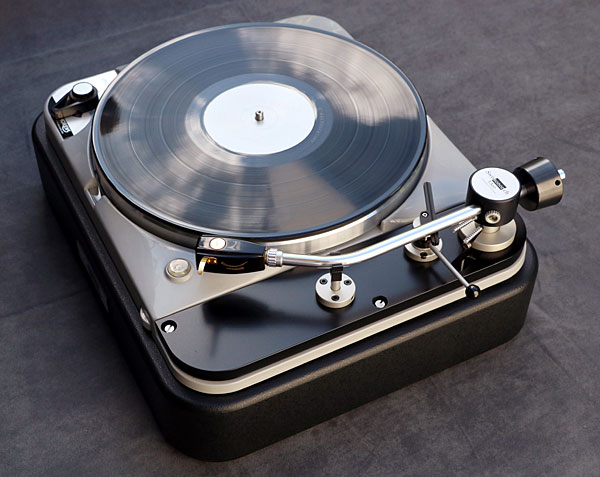| Columns Retired Columns & Blogs |
Is this the first time that a manufacturer has suggested that a particular reviewer "should not write about our stuff"?
Swissonor doesn't sound like an especially customer friendly outfit.
For half the price, one could buy the Ortofon TA-210 tonearm which, when it was reviewed by AD, appeared to be free of the various mechanical anomalies exhibited by either sample of the Swissonor arm:
https://www.stereophile.com/content/listening-118
https://www.ortofon.com/ta-210-p-432
https://www.needledoctor.com/Ortofon-TA-210-Tonearm








































